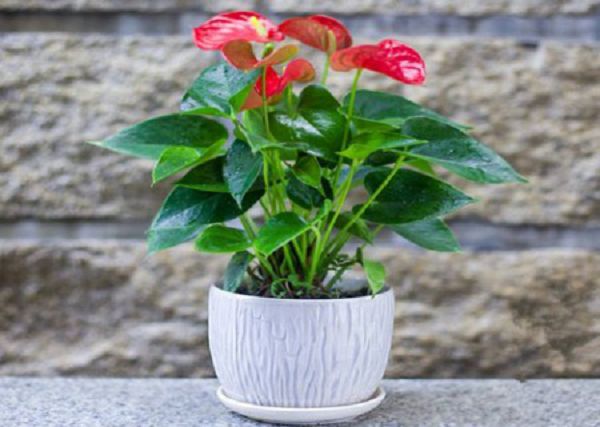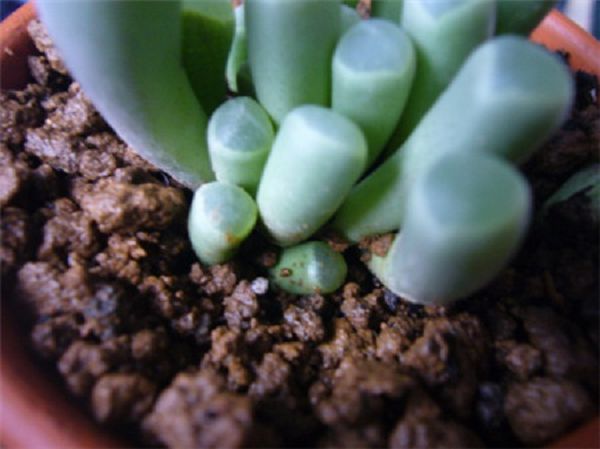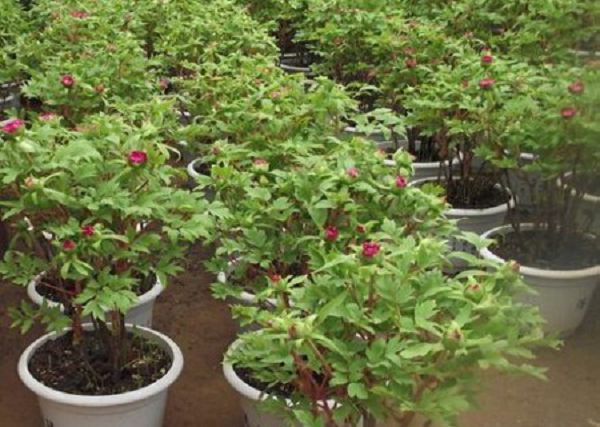How to raise potted Anthurium andraeanum?

Anthurium andraeanum, also known as Anzu flower, red taro, fire crane flower, candlestick flower, is a perennial evergreen herbaceous flower of Araceae, native to Central and South America. Anthurium andraeanum flower stem is short, not suitable for cut flowers, mainly for small and medium-sized potted cultivation. The green leaves bloom in spring with bright red and glossy spathe (in the flamboyant inflorescences peculiar to Araceae, the fleshy inflorescences are surrounded by involucral bracts in the shape of a Corolla, named for their shape like a candlestick dedicated to Buddha in a temple).
So, how to raise potted Anthurium andraeanum in the family?
1. Matrix
It has good properties of water retention, hydrophobicity and air permeability, otherwise it is easy to cause rotten roots. The requirement of Anthurium andraeanum for cultivation substrate is good water retention, can remove excess water in time, is not easy to rot, can keep loose and breathable for a long time, and does not contain or release toxic substances. The commonly used matrix is imported peat.
2. Lighting
Light is a very important factor affecting Anthurium andraeanum. Excessive light will inhibit plant growth and lead to discoloration or burns of leaves and flowers, which has a great impact on the yield and quality of flowers. On the contrary, when the light intensity is too low, due to the lack of plant assimilation products, it is easy to cause smaller flowers, softer stems and lower yield. Anthurium andraeanum requires higher light in the growth stage, which can appropriately increase light to promote its growth; low light requirements during flowering can reduce light to prevent bud discoloration and affect ornamental.
3. Temperature
The growth of Anthurium andraeanum is sensitive to temperature. The suitable growth temperature is 14 ℃ to 35 ℃, the optimum temperature is 19 ℃ to 25 ℃, and the temperature difference between day and night is 3 ℃ to 6 ℃, that is, the temperature is 21 ℃ to 25 ℃ in daytime and 19 ℃ at night. If the temperature is lower than 13 ℃ for a long time, the plant will not die, but it will be difficult to resume growth for a long time; when the temperature is higher than 35 ℃ and the light is enough, the leaves are prone to burn, because the damaged leaves will not be reversed, which will directly affect the overall quality of Anthurium andraeanum.
4. Humidity
Anthurium andraeanum has relatively high requirements for air humidity. If the humidity is too low, the plant will age, leaves and flowers will be smaller; if the humidity is too high, the plant will grow very fragile and fungi will easily invade. When the temperature is between 20 ℃ and 28 ℃, the humidity should be between 60% and 70%; when the temperature is above 28 ℃, the humidity should be between 70% and 80%.
5. Watering
Natural Rain Water is the best source of water in Anthurium andraeanum cultivation. Because of its weak root system and shallow distribution in the substrate, it is not resistant to drought, so it should be watered once and often keep the matrix moist, so that it can draw more new roots early and pay attention to the dry humidity of the basin substrate; in the middle and large seedling stage, the plant grows fast, requires more water, and the water supply must be sufficient; watering should be reduced appropriately during flowering, and phosphorus and potassium fertilizer should be increased to promote flowering. In the process of watering, dry and wet must be carried out alternately.
6. Fertilization
The principle of fertilization is based on the diligent application of thin fertilizer. Different compound liquid fertilizers were applied according to the growth stages of Anthurium andraeanum, a fertilizer was applied in the growing stage, and b fertilizer and a fertilizer were applied in the flowering stage. Generally, the dry and wet degree of the substrate in the basin can be irrigated once every 2 to 3 days, once every 2 days in summer, and once every 5 to 7 days in autumn. At the same time, the nutritional status of the plant should be sampled regularly in order to improve its absorption of fertilizer solution in time.
7. Change the basin
Changing the pot depends on the growth of the fleshy root system of the seedlings. if the root system has grown full and stout, it will wrap around the medium surface along the inner wall of the flowerpot, and the pot needs to be changed at this time. When changing the pot, you should first pad a layer of medium at the bottom of the basin, and the thickness depends on the height of the medium and the depth of the flowerpot. Take out the Anthurium andraeanum seedlings from the small pot with the medium, place them in the center of the flowerpot, cover the soil to the junction of the root and stem, and then gently pat it. The operation method of changing the basin is basically the same as that of planting, and it is necessary to pour clear water immediately after changing the basin.
8. Diseases and insect pests
In order to control Anthurium andraeanum diseases and insect pests, we should first improve the level of cultivation techniques and management, and must adhere to the principle of prevention and comprehensive management. In the process of Anthurium andraeanum cultivation, we should strengthen the quarantine and disinfection of Anthurium andraeanum, improve the environment, improve the cultivation technology, and ensure that the cultivation environment is clean, ventilated and transparent, which can promote the vigorous growth of Anthurium andraeanum and improve its ability to resist diseases and insect pests. In short, give priority to prevention and spray regularly.
Related
- Fuxing push coffee new agricultural production and marketing class: lack of small-scale processing plants
- Jujube rice field leisure farm deep ploughing Yilan for five years to create a space for organic food and play
- Nongyu Farm-A trial of organic papaya for brave women with advanced technology
- Four points for attention in the prevention and control of diseases and insect pests of edible fungi
- How to add nutrient solution to Edible Fungi
- Is there any good way to control edible fungus mites?
- Open Inoculation Technology of Edible Fungi
- Is there any clever way to use fertilizer for edible fungus in winter?
- What agents are used to kill the pathogens of edible fungi in the mushroom shed?
- Rapid drying of Edible Fungi



